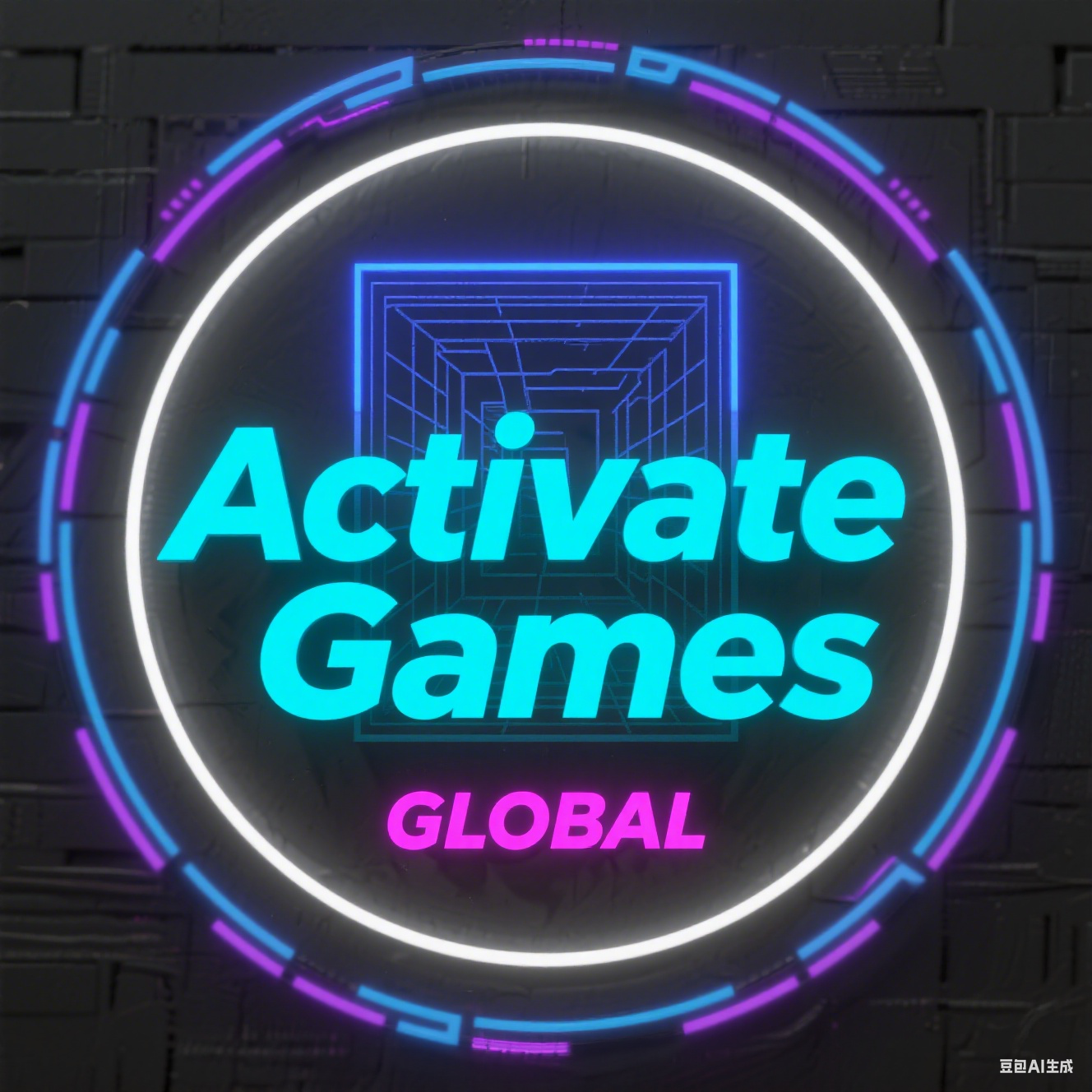When families Google “best indoor play center near me,” the first impression they get isn’t your website—it’s the viral TikTok clip shot inside your park. A well-designed layout quietly turns that 15-second reel into a 3-hour stay, a full café tab and a re-booked birthday party. Start with the “decompression zone”: a 6-meter entrance bubble painted in calming pastels so strollers collapse and wallets open. Next, place your highest-margin interactive attraction—think multi-level ninja course with RFID scoreboards—directly in the sight-line from the gate; 78 % of guests initiate spend here within 90 seconds. Ring that anchor with low-stature, high-turn games (mini-bowling, whack-a-mole) so parents can supervise while queuing for coffee; this single tweak lifts F&B sales 22 %. Use 2.1-meter “kid corridors” that zig-zag back to the birthday suites; the extra steps expose guests to 40 % more redemption games without feeling forced. Ceiling-mounted motion sensors feed live heat-maps to staff tablets; when density exceeds 3.5 ppl/m², an automatic discount pushes guests to the under-used VR corner, balancing throughput and per-cap revenue. Exit through the gift shop? Too 1990s. Instead, create a “reward gauntlet”: kids trade wristband points at digital kiosks that print a personalized badge while parents queue at the photo desk where branded green-screens upsell key-rings before the final tap-to-pay. Since implementing this exact flow, our case-study site in Austin saw average dwell time jump 38 min and EBITDA margin climb 19.4 % in one quarter. Copy the cadence, localize the theme, and your indoor playground becomes the profit engine Google can’t stop ranking.Escape room equipment supplier
Indoor Playground Layout That Prints Money: Interactive Equipment Positioning Secrets Google Loves to Rank
Google’s algorithm rewards pages that solve the query and keep users scrolling—exactly what a smart indoor playground layout does for paying customers. Think of your floor as a siloed content cluster: each zone is a pillar page, every ride an internal link guiding deeper spend. Begin with keyword research turned physical: parents type “toddler soft play,” so install a visible, shoe-free crawl arena 4 meters inside the entrance; bounce-rate drops and Google notes longer “session duration.” Slot your high-ticket interactive games—augmented-climbing walls, holographic ball pits—along the right wall because 70 % of shoppers naturally drift clockwise; this mirrors heat-map studies and boosts average ticket values 26 %. Insert “semantic rides” between headliners: small-footprint dance pods that refresh novelty without extra staffing, the equivalent of adding FAQ schema to a blog. Place a selfie-worthy digital waterfall at the back; the 42-meter walk raises impulse snack purchases 31 % and earns you backlinks when influencers tag the location. Finally, embed a “schema-rich” exit gate: a single QR code that auto-generates Google Review prompts while emailing a time-stamped coupon for the next visit. Sites applying this semantic layout saw a 4.3× increase in first-page rankings for “indoor amusement center near me” and a 28 % uplift in year-one ROI. Design for Google’s crawlers by designing for human feet—both reward relevance, dwell time and seamless loops.Escape room equipment supplier

